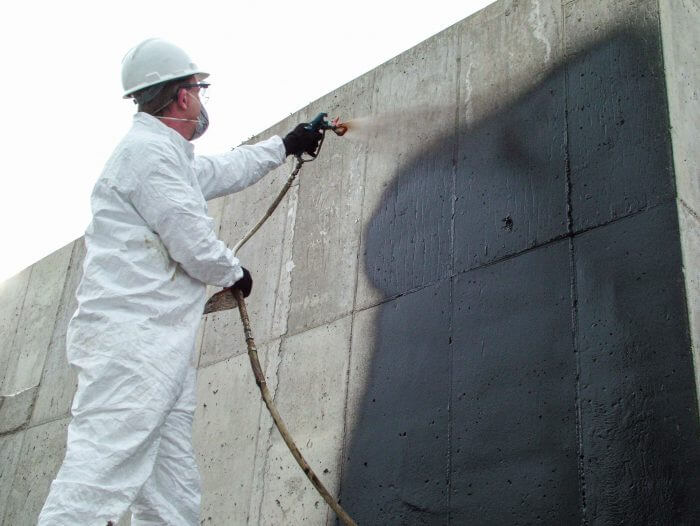Water Treatment
Water treatment refers to the process of purifying water to make it safe and suitable for various applications. There are different methods and technologies used in water treatment, depending on the source of water and the desired level of purification. Here are some common water treatment processes:
1. Coagulation and Flocculation: Chemicals such as alum or polymer are added to water to destabilize and aggregate particles. This helps in the formation of larger particles called flocs, which can be easily removed during the subsequent treatment processes.
2. Sedimentation: After coagulation and flocculation, the water is allowed to settle in a sedimentation basin or tank. The flocs and suspended solids settle at the bottom, forming a layer of sediment called sludge.
3. Filtration: The water passes through various filtration media to remove remaining suspended particles, flocs, and other impurities. Common filtration methods include sand filtration, multimedia filtration, and membrane filtration (such as microfiltration, ultrafiltration, or reverse osmosis).
4. Disinfection: Disinfection is crucial to eliminate harmful microorganisms, such as bacteria, viruses, and parasites. Common disinfection methods include chlorination (using chlorine or chloramines), ultraviolet (UV) disinfection, ozone treatment, and chlorination with sodium hypochlorite.
5. pH Adjustment: The pH level of water may be adjusted using chemicals to achieve the desired range. This is important to prevent corrosion of distribution pipes and to optimize the effectiveness of disinfection.
6. Adsorption: Activated carbon filters are used to remove organic compounds, residual disinfectants, and certain chemicals that cause taste and odor issues. The activated carbon has a high surface area that adsorbs impurities as water passes through it.
7. Ion Exchange: Ion exchange is employed to remove dissolved ions, such as calcium, magnesium, and heavy metals, from water. It involves the exchange of ions between the water and a resin material, effectively softening the water and reducing the concentration of undesirable substances.
8. Reverse Osmosis: Reverse osmosis (RO) is a membrane-based process that uses pressure to force water through a semi-permeable membrane. It effectively removes dissolved salts, minerals, and other contaminants, producing high-quality drinking water.
9. Desalination: Desalination is the process of removing salt and other minerals from seawater or brackish water to produce fresh water. It commonly utilizes reverse osmosis, distillation, or electrodialysis methods.
10. Advanced Oxidation Processes: Advanced oxidation processes (AOPs) involve the use of powerful oxidants, such as hydrogen peroxide, ozone, or ultraviolet light combined with hydrogen peroxide, to degrade and remove persistent organic pollutants and micropollutants that are resistant to conventional treatment methods.
After the treatment process, the water is typically disinfected again to ensure it remains safe during storage and distribution. Regular monitoring and testing of treated water quality are essential to ensure compliance with regulatory standards and to protect public health.
